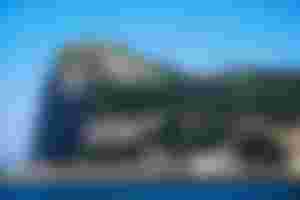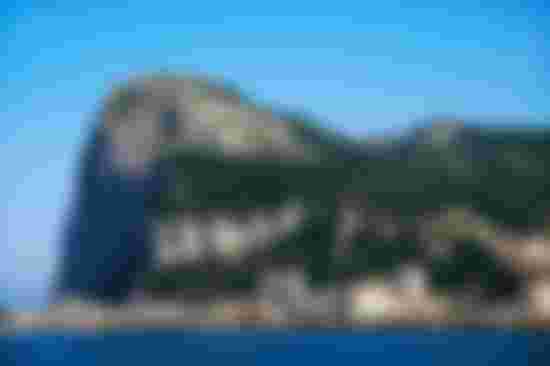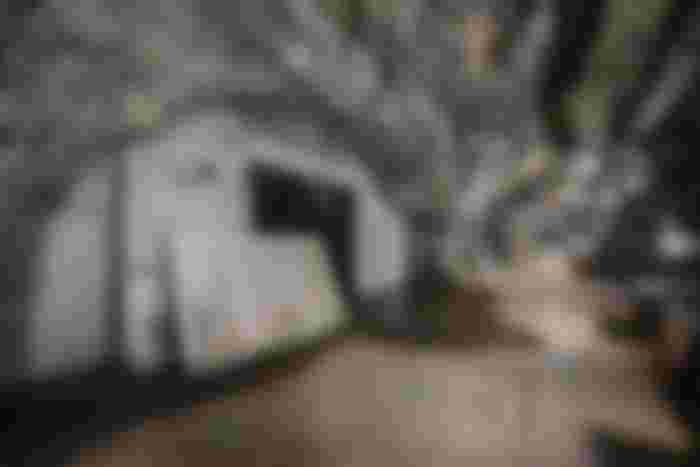Standing as a guard guarding the western entrance to the Mediterranean is a huge cliff, the famous Rock of Gibraltar. It has been so closely associated with the quality of power that the phrase "Strong as the Rock of Gibraltar" immediately comes to mind.

But Gibraltar is more than a heavily fortified mountain. It also accommodates many people. Even before the first century AD, there is evidence that it was occupied by Phoenicians, Greeks, Carthaginians and Romans; the Romans gave possession to the Gothic invaders in the 5th century.
The last occupants
Year 711 C.E Tarik ibn-Ziyad led some 12,000 mothers in the conquest of the strategic citadel. The Moors called him "Jabal Tarik" (Mount Tarik) to honor their leader. Over time, the name “Gibraltar” has been damaged.
Six hundred years later, the Moors’ occupation was interrupted by the capture of Rock in 1309. King Ferdinand IV of Castile issued a decree to encourage people to settle here. The decree freed the settlers from military service and from paying royal taxes. It even made Gibraltar a safe haven for criminals who fled in search of justice. Their crimes would be forgiven when they found a year and a day of residence.
Spanish efforts to maintain the fortress failed, however, the Moors resumed in 1333. In the following years, a fierce possession war broke out intermittently and Spain finally returned the prize in 1462. Although the Spanish did been fortified to be considered impregnable, Gibraltar passed to the British in July 1704 and they have kept it ever since.
By capturing Gibraltar, the British gave the 6,000 Spanish inhabitants the option of staying or leaving. There were less than a hundred left. The others crossed the isthmus to find the town of San Roque, about ten kilometers away. As a result, the population of Gibraltar has been drastically reduced.
Over time, the human void was filled, mainly by Spanish and Italian settlers. But Jews, Moroccans, Indians and others have also established themselves. Over time, they merged with another people: Gibraltar. Today, the colony has about 25,000 inhabitants. Most speak Spanish and English.
A distinctive house
The homeland of Gibraltar is a rocky peninsula less than 30 kilometers long and a mile wide, born on Spanish territory. It is about a tenth the size of Manhattan Island in New York City and is said to be an island as well, except for the low, sandy isthmus which forms a heavily protected "neutral zone" between Spain and Gibraltar.
The huge cliff is, of course, the dominant element of the colony. It rises to around 1400 feet and from above you can see Europe, Africa, the Mediterranean and the Atlantic. The only town in the settlement is on the western side of the mountain, where a large amount of land has been reclaimed from the sea. The entire business district is on an equal footing; however, the residential area clings spectacularly to the stepped slopes.
Here are shady streets and hanging gardens and the air is fragrant with flowers. According to the current figure, there are more than five hundred factories. This includes date palms, pines, cypresses, eucalyptus, carob trees, figs, peppers, wild olives, oranges and lemons and a variety of cacti. Almost all of this rich vegetation grows on the west side. The eastern and northern surfaces of the mountain are bare and rugged.
Gibraltar enjoys a warm, but not extremely hot, climate which favors outdoor activities. In the summer, almost everyone enjoys spending time on the beaches. Many families prepare meals the night before so they can be on the beach early. Some puppies like to fish underwater, often returning with young squid or other seafood.
On the other hand, many people like to climb to the top of the mountain with one of the new cable cars. They go up to the cable car in a few minutes. From here you can see the Rif Mountains in Morocco and, on the other hand, the Costa del Sol in Spain. So incredible!
Inside the rock

Some of Gibraltar's most important attractions can be found in the mountain itself, where there are many natural caves. The San Miguel Cave is sometimes used as an auditorium where up to 600 spectators can watch musical performances. It is exciting to observe stalactites and stalagmites, as they acquire different shades due to the colored lights reproduced in them.

But in addition to natural caves, La Rocca is literally full of artificial tunnels and huge excavations that serve as reservoirs. During World War II, the British ran thirty miles of doom. There they had hospitals, barracks, ammunition depots, workshops: a normal city! My family and I recently took a tour of the interior of the mountain.
Our guide showed us several tanks that explained: "Each one is 21 feet deep and its bottom is 340 feet above sea level. All were destroyed in solid rock. In total, there are thirteen tanks, we discovered, with a total capacity of 16 million liters of water. To get a better idea of its size, the guide states that one of them served as a three-story building that had four hundred soldiers during the war.
It had not rained for several months when we did our tour, so several tanks were empty, ready to receive the expected rains. "An inch of rain," the guide explains, "produces three-quarters of a million gallons, lasting only three days." Thus, to supplement the colony's water supply, freshwater wells were dug and some distillation plants were installed to produce freshwater from seawater.
Finally, we leave the tunnel on the east side, right on the edge of the huge basin. Here, 72,000 sheets of corrugated iron that covers a 32-hectare area collect the rain and funnel it into the containers. Therefore, the bare surface on the east side is also used.



What a nice place